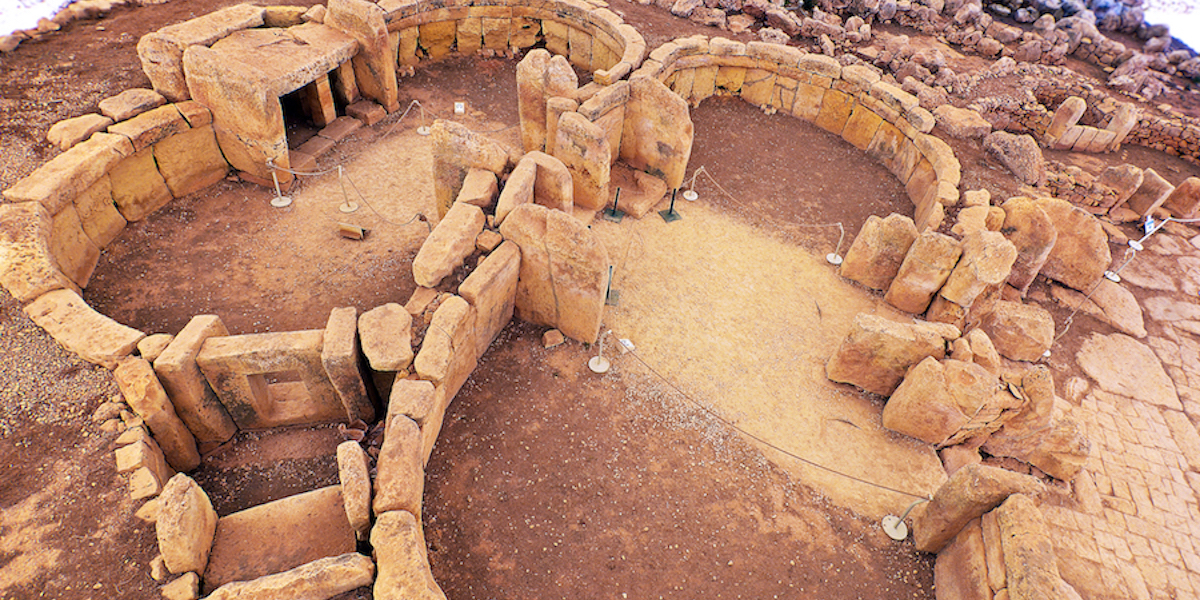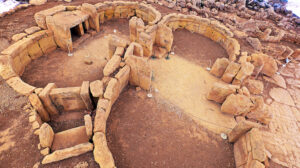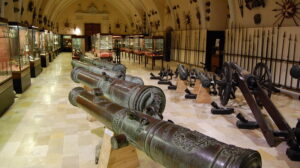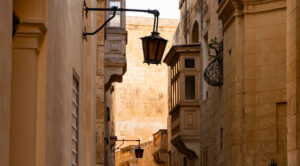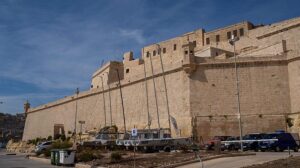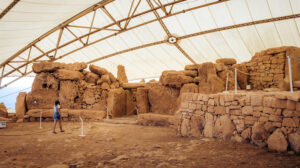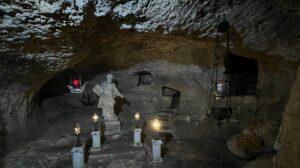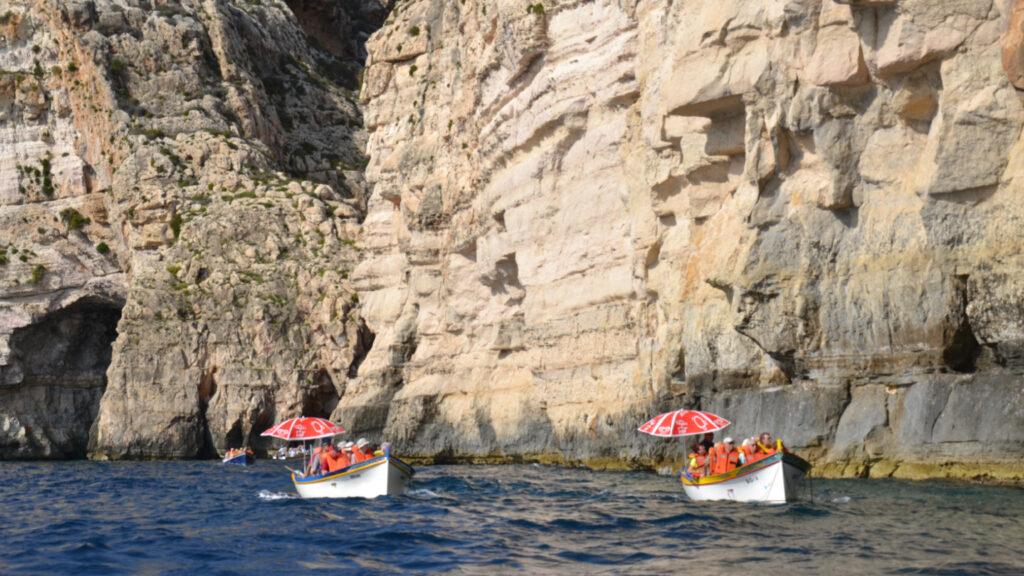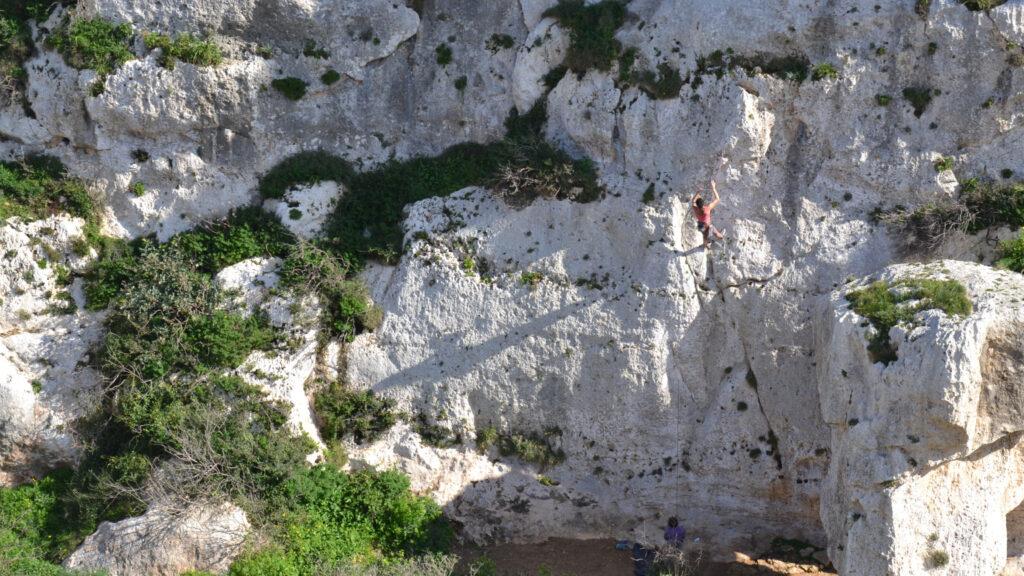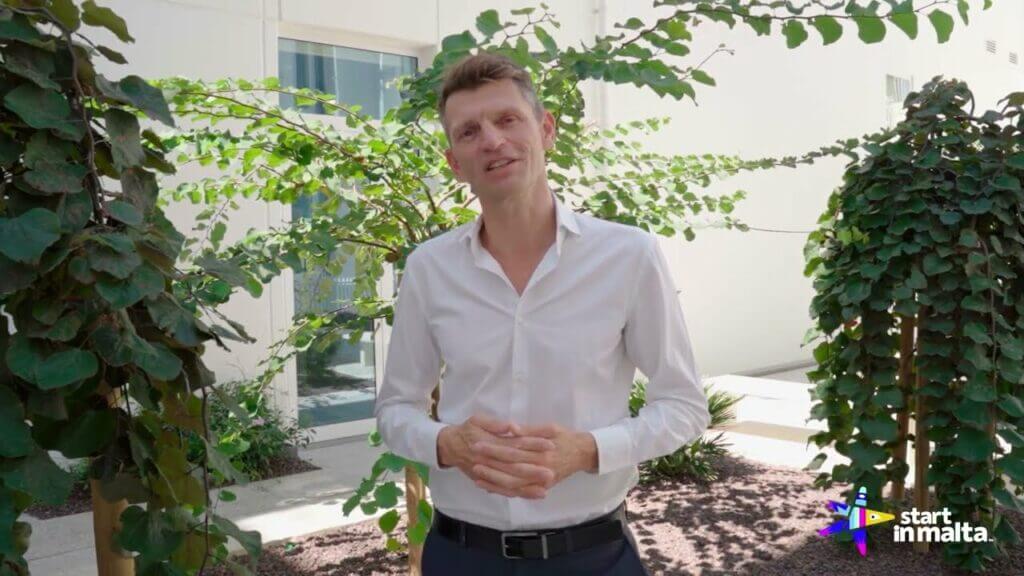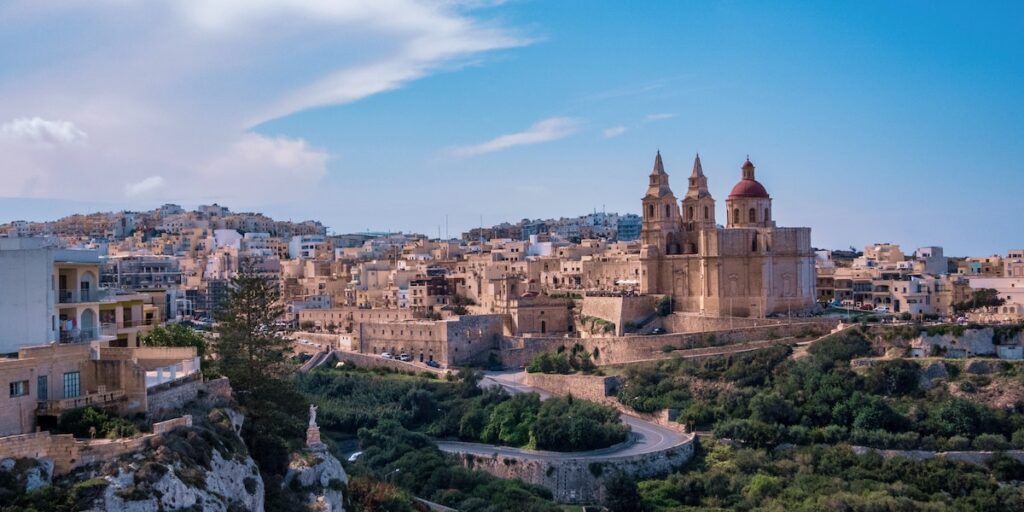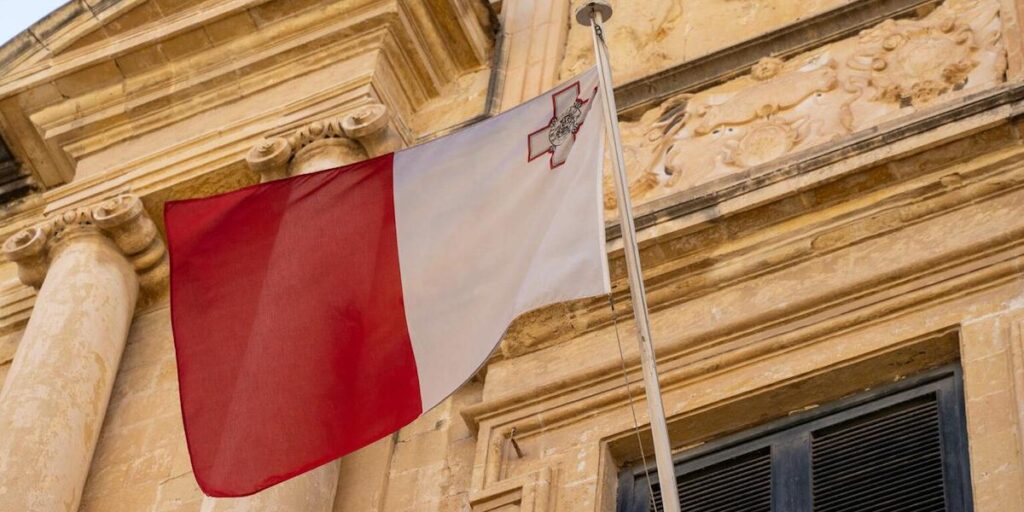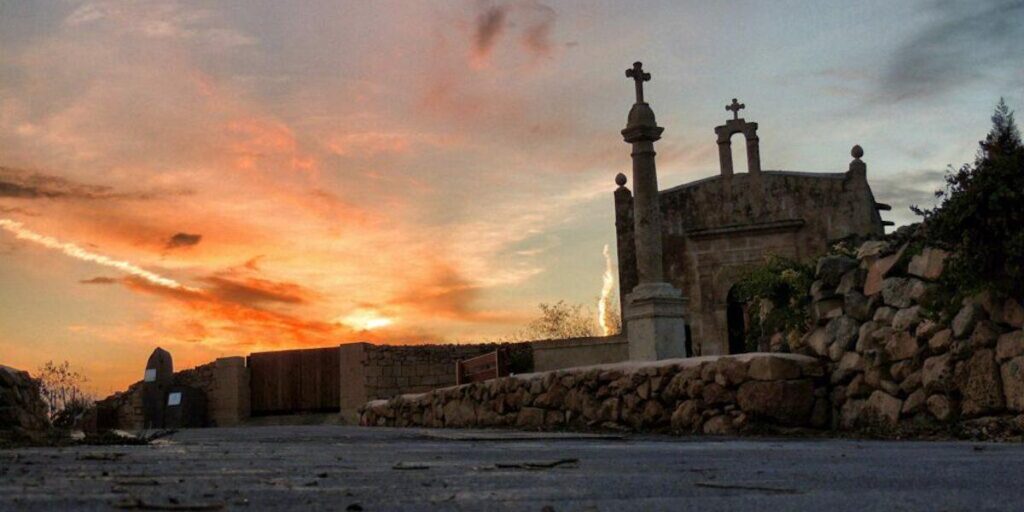Malta is a country, famously packed with historical facts. You may have heard about Malta’s historical sites that predate even the Egyptian Pyramids. Today, we will explore the stories and history that make our island so special.
Gġantija Temples
Let’s start our tour of Malta’s historical sites with the Gġantija Temples in Xaghra, Gozo. These are incredibly old buildings, dating back to 3600 BC, and they are the oldest free-standing structures in the world. Can you believe it? Walking among the huge blocks of limestone and going inside the roofed rooms shows us how smart our ancestors were. Furthermore, these temples are so important that they are part of the UNESCO World Heritage List.
Got plans to check out Gozo? Well, we’ve got something awesome lined up for you.
Additionally, if you’re all about that 5-star luxury vibe, then The Kempinski Hotel is where it’s at. Just punch in the promo code “lovemalta” when you book, and bam! You’ll score a sweet 10% off. Your dream stay just got even dreamier!
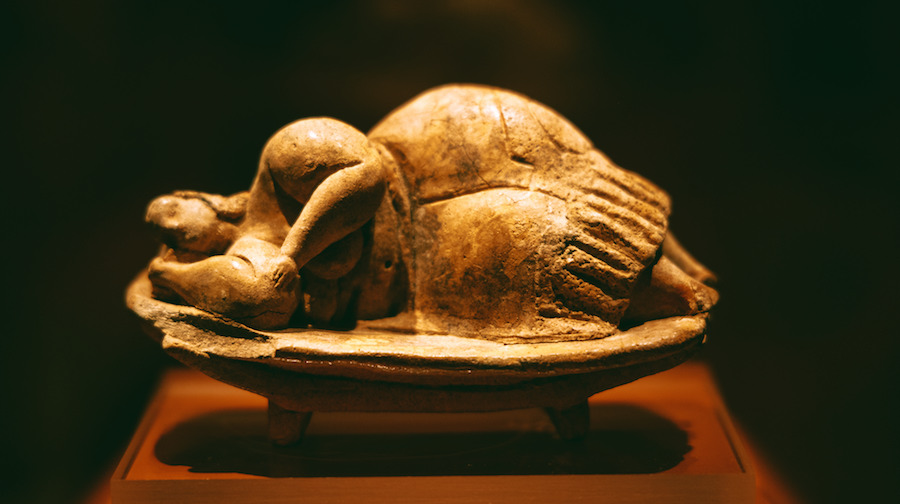
Ħal Saflieni Hypogeum
Now, let’s go underground to the Ħal Saflieni Hypogeum in Paola.It’s a unique place—an underground cemetery carved out of rock where people buried their dead between 4000 and 2500 BC. As a result, as we walk through the tunnels, we observe red paintings and carvings, providing us with a glimpse into the burial practices of the distant past. Remember, it’s a delicate place, so be sure to book your visit in advance.
Hagar Qim and Mnajdra Temples
Next, we visit Qrendi to see the Hagar Qim and Mnajdra Temples. These temples, which are about 6000 years old, show the special connection between people and nature. Moreover believers think that ancient people designed them to align with the sun and stars during important events such as the solstices. Isn’t it amazing to think about our ancestors using them as observatories to study the sky?
Mdina
Now, let’s step into the medieval charm of Mdina, the ancient capital of Malta. It’s called the “Silent City,” and you can really feel the quietness as you walk through the narrow streets. Over time, Mdina was important for many different civilizations, like the Phoenicians and the Knights of St. John. Furthermore, when we explore the streets, we see beautiful buildings like St. Paul’s Cathedral and the Palazzo Falson. As a result, it’s like going back in time and experiencing the history of our island.
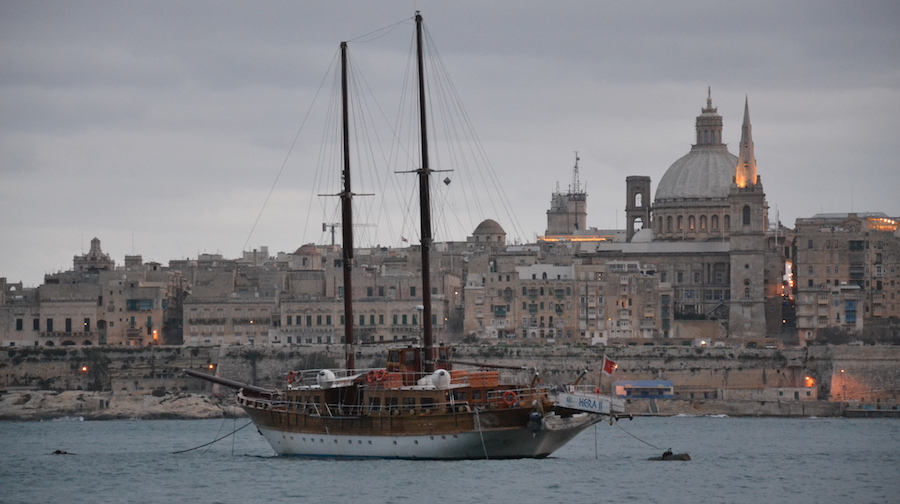
Valletta
Of course, we can’t forget Valletta, the busy capital of Malta. It was built by the Knights of St. John in the 16th century and is like a fortress. The walls around the city and the way the streets are planned are so special that Valletta is a UNESCO World Heritage site too.
Also, don’t miss St. John’s Co-Cathedral—it’s amazing, with beautiful artwork and a famous painting by Caravaggio. The narrow streets, full of old buildings, shops, and cafés, are a sight to see.
Grandmaster’s Palace
Now, let’s visit the Grandmaster’s Palace in Valletta. It’s a grand palace that was built in 1571 and used to be where the Grand Master of the Knights of St. John lived. Now, it’s where the President of Malta has an office. Although not all parts are open to the public, you should visit the Palace Armoury. Besides, it has a great collection of weapons from the Knights of Malta. And don’t forget to see the Throne Room—it has amazing paintings on the walls.
Fort St. Angelo
Ready for more? Let’s go to Birgu and see Fort St. Angelo. It’s an impressive fortress that shows how important Malta was throughout history. They built it in the 13th century, and it provides great views of the Grand Harbour and the nearby towns. It played a big role during the Great Siege of 1565 and survived bombings in World War II. Walking on the ancient walls gives us a sense of Malta’s military past.
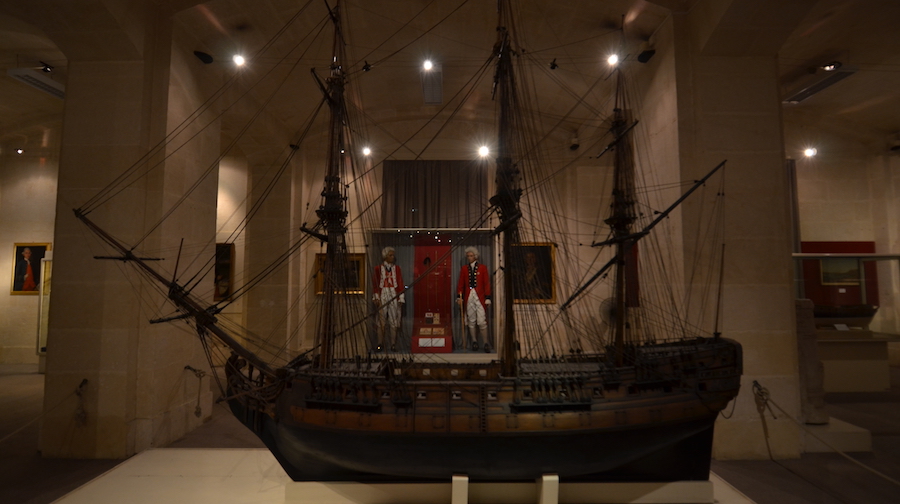
St. Paul’s Catacombs
Our historical adventure wouldn’t be complete without a visit to the St. Paul’s Catacombs in Rabat. Furthermore, these catacombs show us how Christians were buried a long time ago. We walk through the tunnels and rooms and learn about Malta’s early Christian history and burial customs.
National Museum of Archaeology
Lastly, we can’t forget the National Museum of Archaeology in Valletta. It’s a special place with many ancient artifacts from Malta’s and historical and archeological sites. You can see pottery, sculptures, and even old books from the 16th century. Additionally, the museum brings our history to life. Don’t miss the Sleeping Lady of Malta—it’s a famous statue found in the Hypogeum. You must see it!
So, there you have it—a journey through Malta’s amazing past. As locals, we’re proud to share these historical treasures with you. Additionally by exploring these sites, we learn about our ancestors and help protect our island’s rich heritage. Pack your bags and get ready for an adventure that will take you back in time. Malta is waiting for you!

